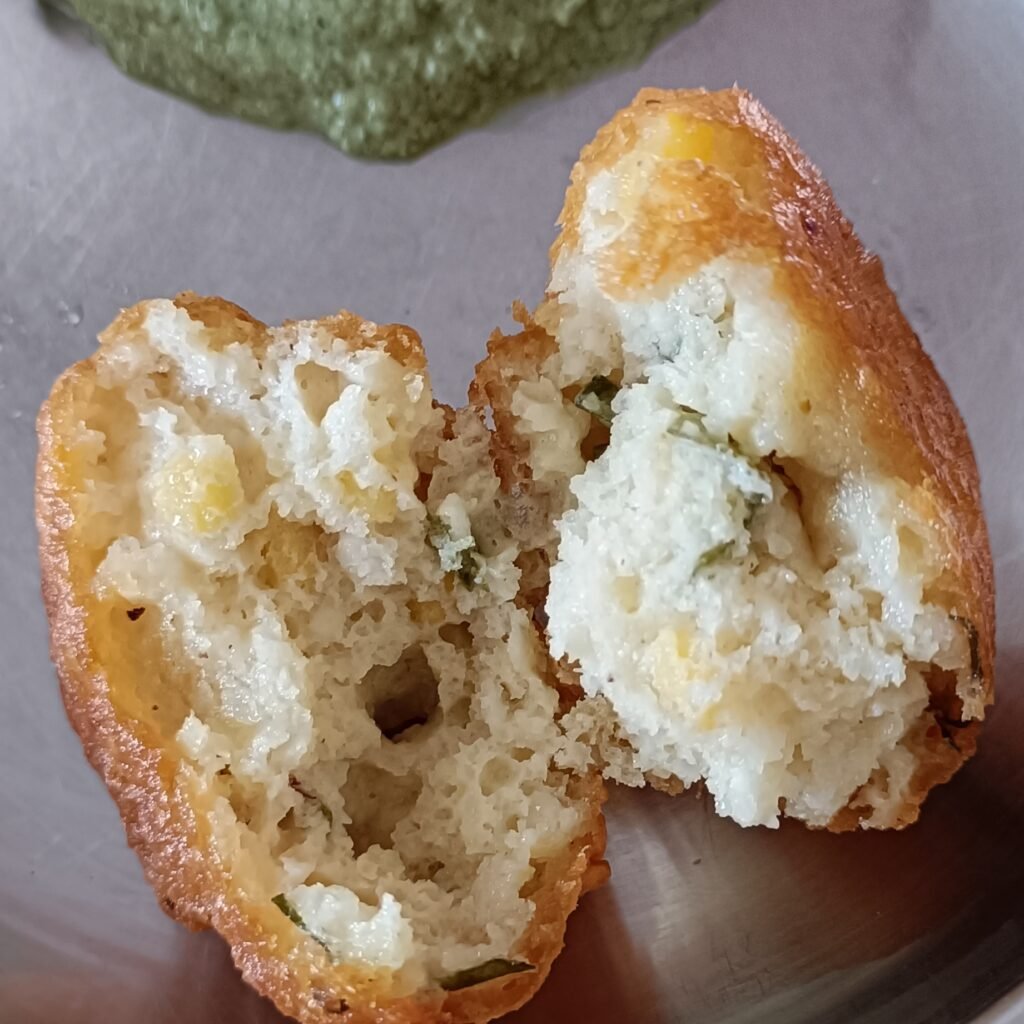
Sardali Vaday
Urad dal is a very common lentil or as we call it a pulse that is found in almost each South Indian home. It is used in the whole or split forms both with and without the black skin on. Urad dal has a good number of amino acids and gets a complete protein profile with all amino acids when combined with a grain like rice. It has a low glycaemic index and because it also contains indigestible fibre it helps in maintaining sugar levels by releasing energy slowly. It is a good source of carbohydrates, iron, calcium and smaller amounts of lipids, all of which may support the growth of bones and help improve heart conditions. Urad dal when eaten with its skin on is a good source of prebiotics as the indigestible skin stimulates the growth of helpful bacteria in the intestine thus improving gut health. Antioxidants such as polyphenols in urad dal may help reduce the impact of free radicals that damage cells thus preventing conditions like cancer, neurodegenerative diseases, and atherosclerosis, and the phenolics, tannins, flavonoids, and phytic acid may help keep the liver and kidney in good order.
Chana is eaten in both the whole and split forms and as besan or the ground form all over India. It is considered to be a great source for muscular health and better immunity as it has 13 grams of protein in every 100 grams. The folate in chana dal may help prevent diseases like stroke, dementia, and depression and the calcium in it can help in preventing osteoporosis and improve bone density. Like urad dal, chana dal has a good amount of fibre and a low glycaemic index making it a good option for maintaining sugar levels and increasing the feeling of satiety faster. The healthy fats in chana have antioxidant properties that may help reduce inflammation. Most importantly, pulses help restore soil fertility by fixing nitrogen in it.



